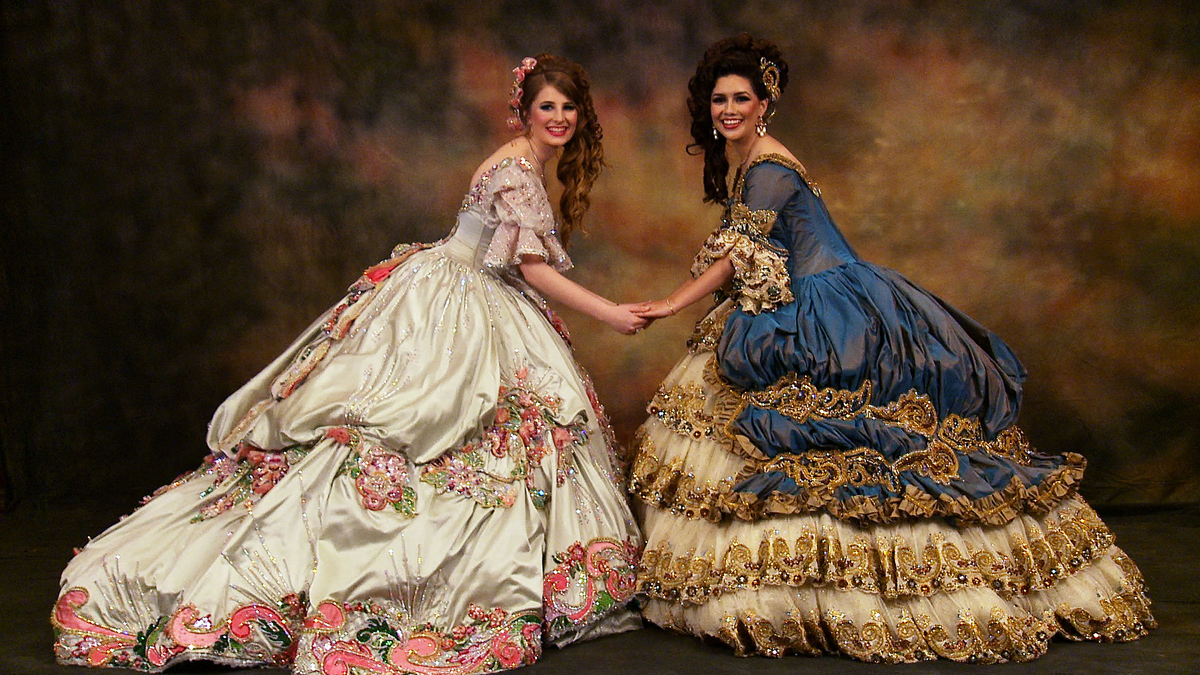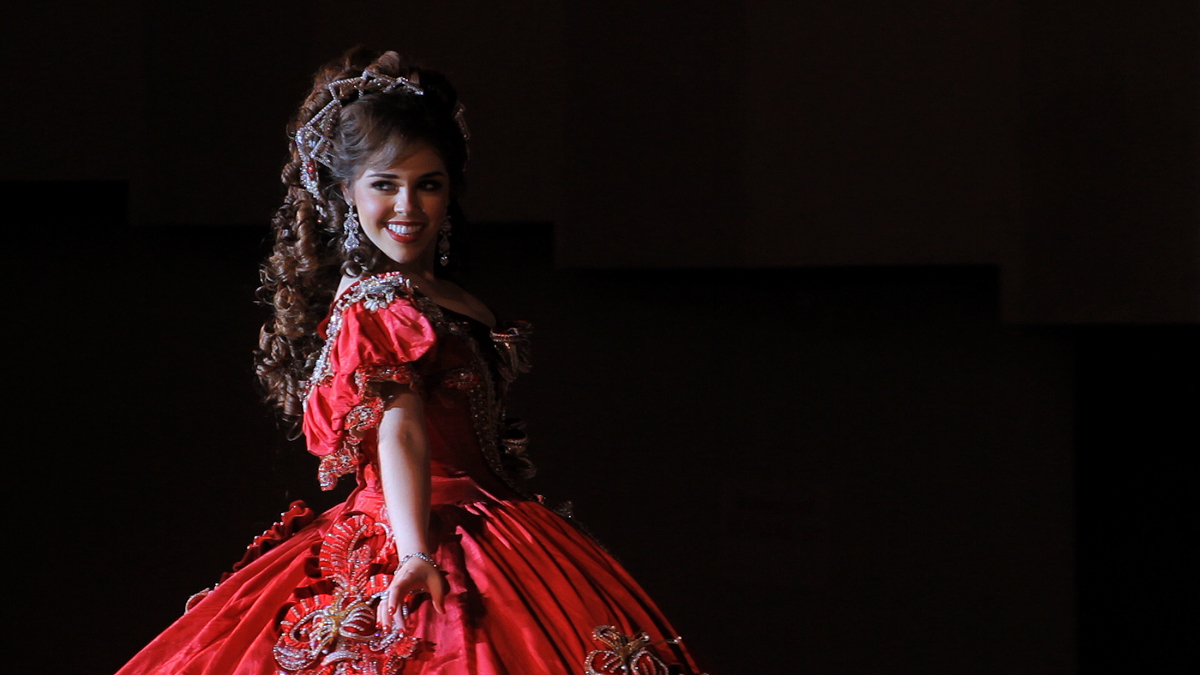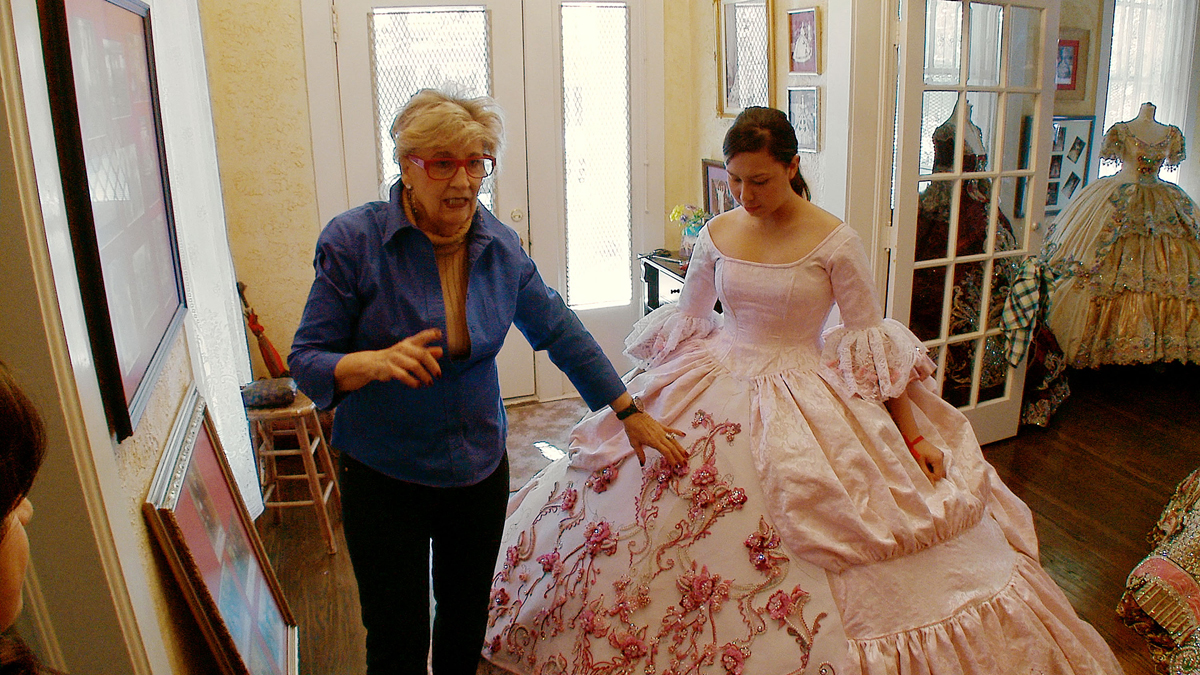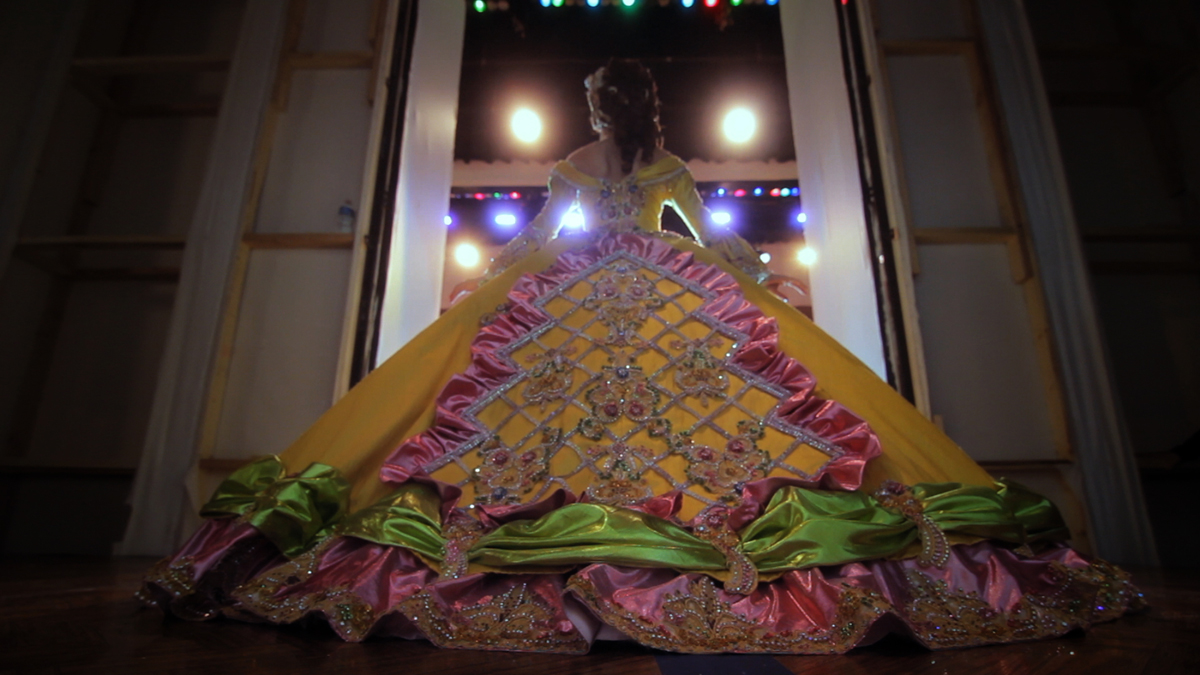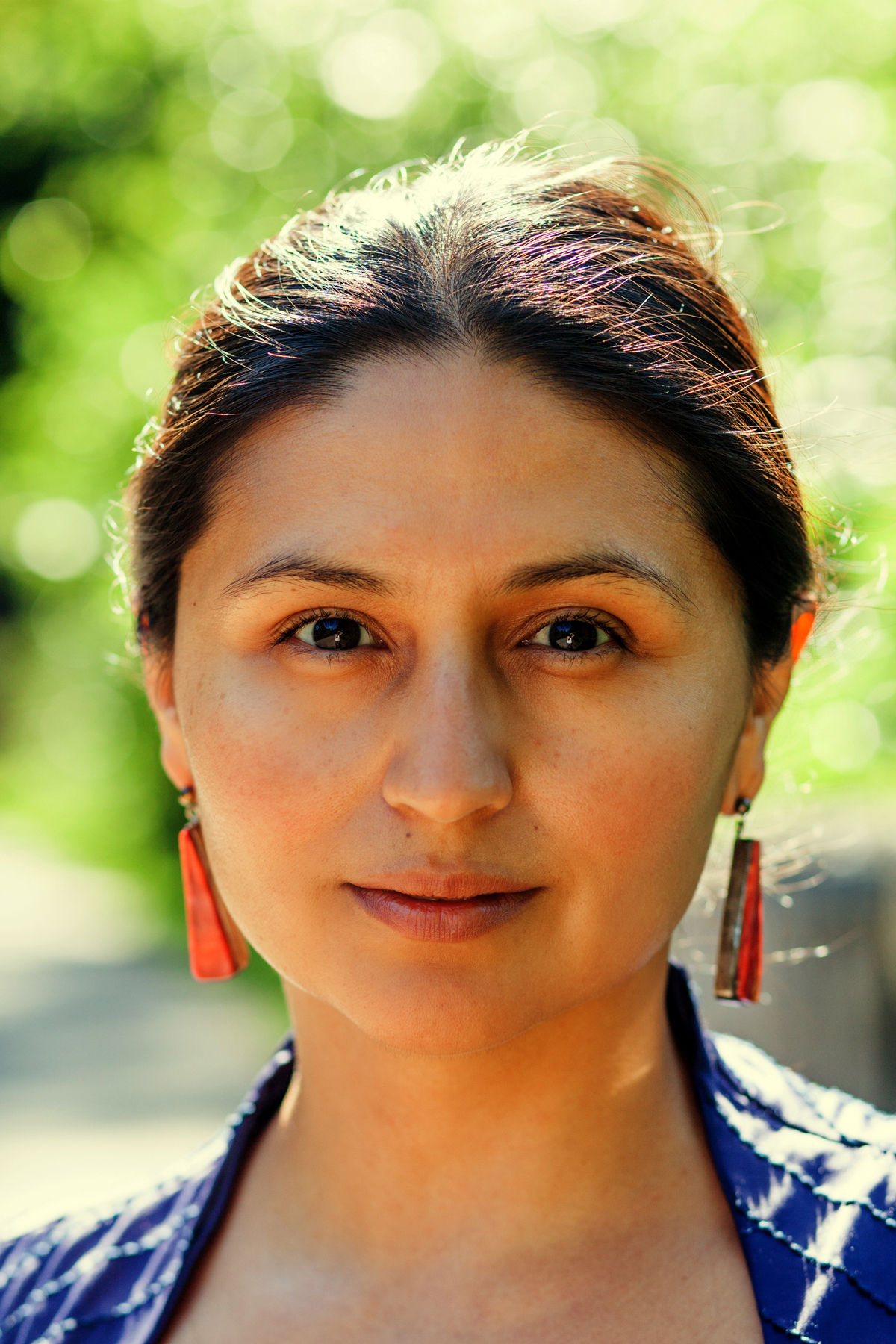Array
(
[id] => 655
[title] => Ways of Being Home
[link] => stdClass Object
(
[url] => https://www.wmm.com/catalog/film/ways-of-being-home
[title] => more
)
[image_thumb] => https://www.wmm.com/storage/films/ways-of-being-home/320x-gi_Dia de los Muertos 1.png
[created_at] => Array
(
)
[year_released] => 2020
[text] => An evocative audiovisual meditation on the experience of Mexican immigrants living and working in rural America.
[image] => https://www.wmm.com/storage/films/ways-of-being-home/gi_Dia de los Muertos 1.JPG
)
Ways of Being Home
An evocative audiovisual meditation on the experience of Mexican immigrants living and working in rural America.
Learn more
Array
(
[id] => 558
[title] => Don't Tell Anyone (No Le Digas a Nadie)
[link] => stdClass Object
(
[url] => https://www.wmm.com/catalog/film/dont-tell-anyone-no-le-digas-a-nadie
[title] => more
)
[image_thumb] => https://www.wmm.com/storage/films/dont-tell-anyone-no-le-digas-a-nadie/320x-DOTEAN_hires1.png
[created_at] => Array
(
)
[year_released] => 2015
[text] => Since the age of 4, Angy Rivera has lived in the United States with a secret that threatens to upend her life: She is undocumented. Angy arrived with her mother, fleeing violence, poverty, and civil war in their native Colombia. For 20 years they live in the shadows, struggling to stay afloat financially and avoid deportation while battling a complex and inequitable immigration system. "Don’t tell anyone" is a phrase whispered often and branded deeply on the consciousness of all who are undocumented.
Now 24, unable to pay tuition for college and facing an uncertain future, Angy joins the youth-led New York State Youth Leadership Council (YLC) with whom she dons a bullhorn at pro-immigration rallies, telling all who will listen that she is "undocumented and proud." Rivera becomes an activist for undocumented youth with a popular advice blog "Ask Angy" and a YouTube channel boasting more than 27,000 views. She steps out of the shadows a second time to share her story of sexual abuse, an experience all too common among undocumented women. DON’T TELL ANYONE (NO LE DIGAS A NADIE) follows Rivera’s remarkable journey from poverty in rural Colombia to the front page of The New York Times
[image] => https://www.wmm.com/storage/films/dont-tell-anyone-no-le-digas-a-nadie/DOTEAN_hires1.jpg
)
Don't Tell Anyone (No Le Digas a Nadie)
Since the age of 4, Angy Rivera has lived in the United States with a secret that threatens to upend her life: She is undocumented. Angy arrived with her mother, fleeing violence, poverty, and civil war in their native Colombia. For 20 years they live in the shadows, struggling to stay afloat financially and avoid deportation while battling a complex and inequitable immigration system. "Don’t tell anyone" is a phrase whispered often and branded deeply on the consciousness of all who are undocumented.
Now 24, unable to pay tuition for college and facing an uncertain future, Angy joins the youth-led New York State Youth Leadership Council (YLC) with whom she dons a bullhorn at pro-immigration rallies, telling all who will listen that she is "undocumented and proud." Rivera becomes an activist for undocumented youth with a popular advice blog "Ask Angy" and a YouTube channel boasting more than 27,000 views. She steps out of the shadows a second time to share her story of sexual abuse, an experience all too common among undocumented women. DON’T TELL ANYONE (NO LE DIGAS A NADIE) follows Rivera’s remarkable journey from poverty in rural Colombia to the front page of The New York Times
Learn more
Array
(
[id] => 616
[title] => Birth on the Border
[link] => stdClass Object
(
[url] => https://www.wmm.com/catalog/film/birth-on-the-border
[title] => more
)
[image_thumb] => https://www.wmm.com/storage/films/birth-on-the-border/320x-bob_hires2.png
[created_at] => Array
(
)
[year_released] => 2018
[text] => Seeking a safer future for their children, two women from Ciudad Juárez, risk harassment at the hands of Border Patrol to cross the US-Mexico border legally to give birth in El Paso, Texas.
[image] => https://www.wmm.com/storage/films/birth-on-the-border/bob_hires2.jpg
)
Birth on the Border
Seeking a safer future for their children, two women from Ciudad Juárez, risk harassment at the hands of Border Patrol to cross the US-Mexico border legally to give birth in El Paso, Texas.
Learn more
Array
(
[id] => 617
[title] => Councilwoman
[link] => stdClass Object
(
[url] => https://www.wmm.com/catalog/film/councilwoman
[title] => more
)
[image_thumb] => https://www.wmm.com/storage/films/councilwoman/320x-council_hires1.png
[created_at] => Array
(
)
[year_released] => 2018
[text] => COUNCILWOMAN follows the first term of Rhode Island Councilwoman Carmen Castillo as she balances her day job as a hotel housekeeper with the demands of public office.
[image] => https://www.wmm.com/storage/films/councilwoman/council_hires1.jpg
)
Councilwoman
COUNCILWOMAN follows the first term of Rhode Island Councilwoman Carmen Castillo as she balances her day job as a hotel housekeeper with the demands of public office.
Learn more
Array
(
[id] => 132
[title] => Chicana
[link] => stdClass Object
(
[url] => https://www.wmm.com/catalog/film/chicana
[title] => more
)
[created_at] => Array
(
)
[year_released] => 1979
[text] => CHICANA traces the history of Chicana and Mexican women from pre-Columbian times to the present. It covers women's role in Aztec society, their participation in the 1810 struggle for Mexican independence, their involvement in the US labor strikes in 1872, their contributions to the 1910 Mexican revolution and their leadership in contemporary civil rights causes. Using murals, engravings and historical footage, CHICANA shows how women, despite their poverty, have become an active and vocal part of the political and work life in both Mexico and the United States.
[image] => https://www.wmm.com/storage/films/chicana/c269.JPG
[image_thumb] => https://www.wmm.com/storage/films/chicana/320x-c269.JPG
)
Chicana
CHICANA traces the history of Chicana and Mexican women from pre-Columbian times to the present. It covers women's role in Aztec society, their participation in the 1810 struggle for Mexican independence, their involvement in the US labor strikes in 1872, their contributions to the 1910 Mexican revolution and their leadership in contemporary civil rights causes. Using murals, engravings and historical footage, CHICANA shows how women, despite their poverty, have become an active and vocal part of the political and work life in both Mexico and the United States.
Learn more
Array
(
[id] => 133
[title] => ¡Adelante Mujeres!
[link] => stdClass Object
(
[url] => https://www.wmm.com/catalog/film/adelante-mujeres
[title] => more
)
[created_at] => Array
(
)
[year_released] => 1992
[text] => Spanning five centuries, this comprehensive film, produced by the National Women's History Project, focuses exclusively on the history of Mexican-American/Chicana women from the Spanish invasion to the present. Hundreds of previously unpublished photographs, art works, and contemporary footage pay tribute to the strength and resilience of women at the center of their families, as activists in their communities, and as contributors to American history. A companion to the ground-breaking Chicana, ¡Adelante Mujeres! is suitable for young adult and college-age audiences, and community and women's groups.
[image] => https://www.wmm.com/storage/films/adelante-mujeres/c270.JPG
[image_thumb] => https://www.wmm.com/storage/films/adelante-mujeres/320x-c270.JPG
)
¡Adelante Mujeres!
Spanning five centuries, this comprehensive film, produced by the National Women's History Project, focuses exclusively on the history of Mexican-American/Chicana women from the Spanish invasion to the present. Hundreds of previously unpublished photographs, art works, and contemporary footage pay tribute to the strength and resilience of women at the center of their families, as activists in their communities, and as contributors to American history. A companion to the ground-breaking Chicana, ¡Adelante Mujeres! is suitable for young adult and college-age audiences, and community and women's groups.
Learn more
Array
(
[id] => 206
[title] => Girls Like Us
[link] => stdClass Object
(
[url] => https://www.wmm.com/catalog/film/girls-like-us
[title] => more
)
[image_thumb] => https://www.wmm.com/storage/films/girls-like-us/320x-GLU1_hires.png
[created_at] => Array
(
)
[year_released] => 1997
[text] => An ethnically diverse group of four working class girls strut, flirt, and testify in this vibrant, affecting portrait of teenage girls' experiences of sexuality. Filmed in South Philadelphia and following its subjects from the ages of 14 to 18, GIRLS LIKE US reveals the conflicts of growing up female by examining the impact of class, sexism, and violence on the dreams and expectations of young girls.
Intimate interviews and candid footage introduce Anna, whose need for freedom in a new culture conflicts with her parents' strictness; De'Yona, who dreams of a singing career while coping with family tragedy; Raelene, who confronts violence and issues of self-esteem as a teenage mother; and Lisa, who faces the differences between the feminine roles of her Catholic upbringing and her own wishes. In documenting the friendships, challenges, and triumphs of these four young women, acclaimed filmmakers Jane C. Wagner and Tina DiFeliciantonio have created something truly rare: a searingly honest, inspiring depiction of girls' experiences that provokes reaction from and dialogue between educators, parents, and young women alike.
GIRLS LIKE US was funded by the Independent Television Service (ITVS) with funds provided by the Corporation for Public Broadcasting.
[image] => https://www.wmm.com/storage/films/girls-like-us/GLU1_hires.JPG
)
Girls Like Us
An ethnically diverse group of four working class girls strut, flirt, and testify in this vibrant, affecting portrait of teenage girls' experiences of sexuality. Filmed in South Philadelphia and following its subjects from the ages of 14 to 18, GIRLS LIKE US reveals the conflicts of growing up female by examining the impact of class, sexism, and violence on the dreams and expectations of young girls.
Intimate interviews and candid footage introduce Anna, whose need for freedom in a new culture conflicts with her parents' strictness; De'Yona, who dreams of a singing career while coping with family tragedy; Raelene, who confronts violence and issues of self-esteem as a teenage mother; and Lisa, who faces the differences between the feminine roles of her Catholic upbringing and her own wishes. In documenting the friendships, challenges, and triumphs of these four young women, acclaimed filmmakers Jane C. Wagner and Tina DiFeliciantonio have created something truly rare: a searingly honest, inspiring depiction of girls' experiences that provokes reaction from and dialogue between educators, parents, and young women alike.
GIRLS LIKE US was funded by the Independent Television Service (ITVS) with funds provided by the Corporation for Public Broadcasting.
Learn more
Array
(
[id] => 248
[title] => Performing the Border
[link] => stdClass Object
(
[url] => https://www.wmm.com/catalog/film/performing-the-border
[title] => more
)
[image_thumb] => https://www.wmm.com/storage/films/performing-the-border/320x-cbe_ptb_hires.png
[created_at] => Array
(
)
[year_released] => 1999
[text] => A video essay set in the Mexican-U.S. border town of Ciudad Juarez, where U.S. multinational corporations assemble electronic and digital equipment just across from El Paso, Texas. This imaginative, experimental work investigates the growing feminization of the global economy and its impact on Mexican women living and working in the area. Looking at the border as both a discursive and material space, the film explores the sexualization of the border region through labor division, prostitution, the expression of female desires in the entertainment industry, and sexual violence in the public sphere. Candid interviews with Mexican women factory and sex workers, as well as activists and journalists, are combined with scripted voiceover analysis, screen text, scenes and sounds recorded on site, and found footage to give new insights into the gendered conditions inscribed by the high-tech industry at its low-wage end.
[image] => https://www.wmm.com/storage/films/performing-the-border/cbe_ptb_hires.jpg
)
Performing the Border
A video essay set in the Mexican-U.S. border town of Ciudad Juarez, where U.S. multinational corporations assemble electronic and digital equipment just across from El Paso, Texas. This imaginative, experimental work investigates the growing feminization of the global economy and its impact on Mexican women living and working in the area. Looking at the border as both a discursive and material space, the film explores the sexualization of the border region through labor division, prostitution, the expression of female desires in the entertainment industry, and sexual violence in the public sphere. Candid interviews with Mexican women factory and sex workers, as well as activists and journalists, are combined with scripted voiceover analysis, screen text, scenes and sounds recorded on site, and found footage to give new insights into the gendered conditions inscribed by the high-tech industry at its low-wage end.
Learn more
Array
(
[id] => 263
[title] => La Boda
[link] => stdClass Object
(
[url] => https://www.wmm.com/catalog/film/la-boda
[title] => more
)
[image_thumb] => https://www.wmm.com/storage/films/la-boda/320x-laboda_hires.png
[created_at] => Array
(
)
[year_released] => 2000
[text] => In an intimate portrait of migrant life along the U.S.-Mexican border, Hannah Weyer’s new film LA BODA delves into the challenges faced by a community striving to maintain their roots in Mexico, while pursuing the “American Dream” across the border. Weyer’s camera follows Elizabeth Luis during the weeks before her marriage to Artemio Guerrero, interweaving the anticipation of the upcoming wedding with candid stories that explore the architecture of the Luis family. For 22-year-old Elizabeth, migrant life has meant shouldering responsibilities beyond those of an average young adult. Along with her seven siblings, she has contributed to the family income throughout her adolescence and young adulthood, often forced to sacrifice school for fieldwork and social life for travel as she and her family move between Texas, California and Mexico. LA BODA tells the timeless story of a young woman’s coming of age, while also confronting negative stereotypes of the migrant community with the real life biography of a Mexican-American family bridging the gap between countries and culture.
[image] => https://www.wmm.com/storage/films/la-boda/laboda_hires.jpg
)
La Boda
In an intimate portrait of migrant life along the U.S.-Mexican border, Hannah Weyer’s new film LA BODA delves into the challenges faced by a community striving to maintain their roots in Mexico, while pursuing the “American Dream” across the border. Weyer’s camera follows Elizabeth Luis during the weeks before her marriage to Artemio Guerrero, interweaving the anticipation of the upcoming wedding with candid stories that explore the architecture of the Luis family. For 22-year-old Elizabeth, migrant life has meant shouldering responsibilities beyond those of an average young adult. Along with her seven siblings, she has contributed to the family income throughout her adolescence and young adulthood, often forced to sacrifice school for fieldwork and social life for travel as she and her family move between Texas, California and Mexico. LA BODA tells the timeless story of a young woman’s coming of age, while also confronting negative stereotypes of the migrant community with the real life biography of a Mexican-American family bridging the gap between countries and culture.
Learn more


